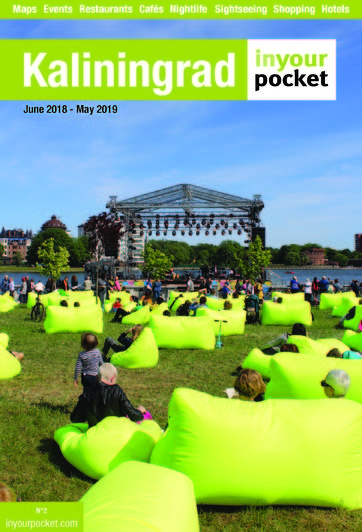Rominten Hunting Lodge
As you enter the park from Prospekt Mira, you’ll see a rather handsome if rundown wooden building on your left. You’d be quite right to assume that this is the administration building of the park or even the park keeper’s home. Today it acts as offices and a storage space for the park.
When it was built however back in 1891, not only was it not intended to be a park keeper’s office, it wasn’t even built in Kaliningrad. It was originally the Rominten Hunting Lodge (Jagdschloss Rominten) and was built for Kaiser Wilhelm II as a royal residence in the Rominter Heath, then found in East Prussia, which is today on the Russian/Polish border in the south-east of the oblast at a place called Theerbude. Built using Norwegian architects, builders and materials the lodge was a popular retreat for the Kaiser and it is said he even used the lodge for special meetings of his ministers to discuss important state matters such as the expansion of the Germany navy. The nearby village also benefitted from the Royal patronage and it too expanded into a popular tourist resort.
Rominten’s primary role though was of a hunting lodge, a favourite pastime of the Kaiser. In his time there he is reported to have to successfully hunted over 300 deer.
With the Kaiser’s abdication and exile after World War I, the lodge, still in German East Prussia, remained his property but one that he never visited again. The rise of the Nazis in 1933 saw another keen hunter, Reichsmarschall Hermann Goering request permission from the former Kaiser to stay at Rominten. He was refused and went onto build his own lodge nearby, though Goering eventually got his hands on the lodge by making the Kaiser’s family an offer they couldn’t refuse following the Kaiser’s death in 1941.
The Red Army attack on East Prussia saw Goering’s own lodge dynamited as the Nazis retreated but Rominten survived. Theerbude became part of the Soviet Union and the village was demolished with the hunting lodge dismantled and moved to Kaliningrad. Today it appears to be given the full respect it deserves and is in poor repair with plastic casing housing electric cables all around its exterior. Nonetheless, a quite surprising and remarkable story for what is today a park’s office.










Comments